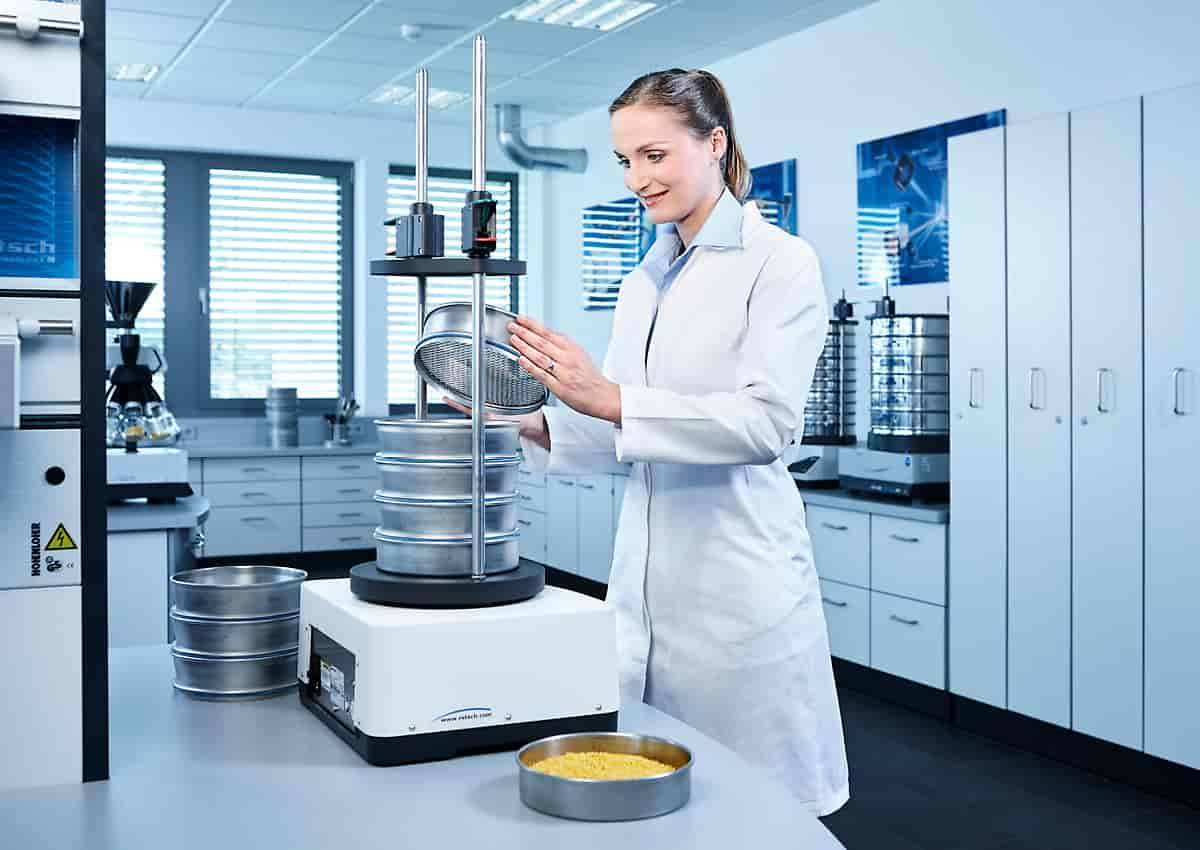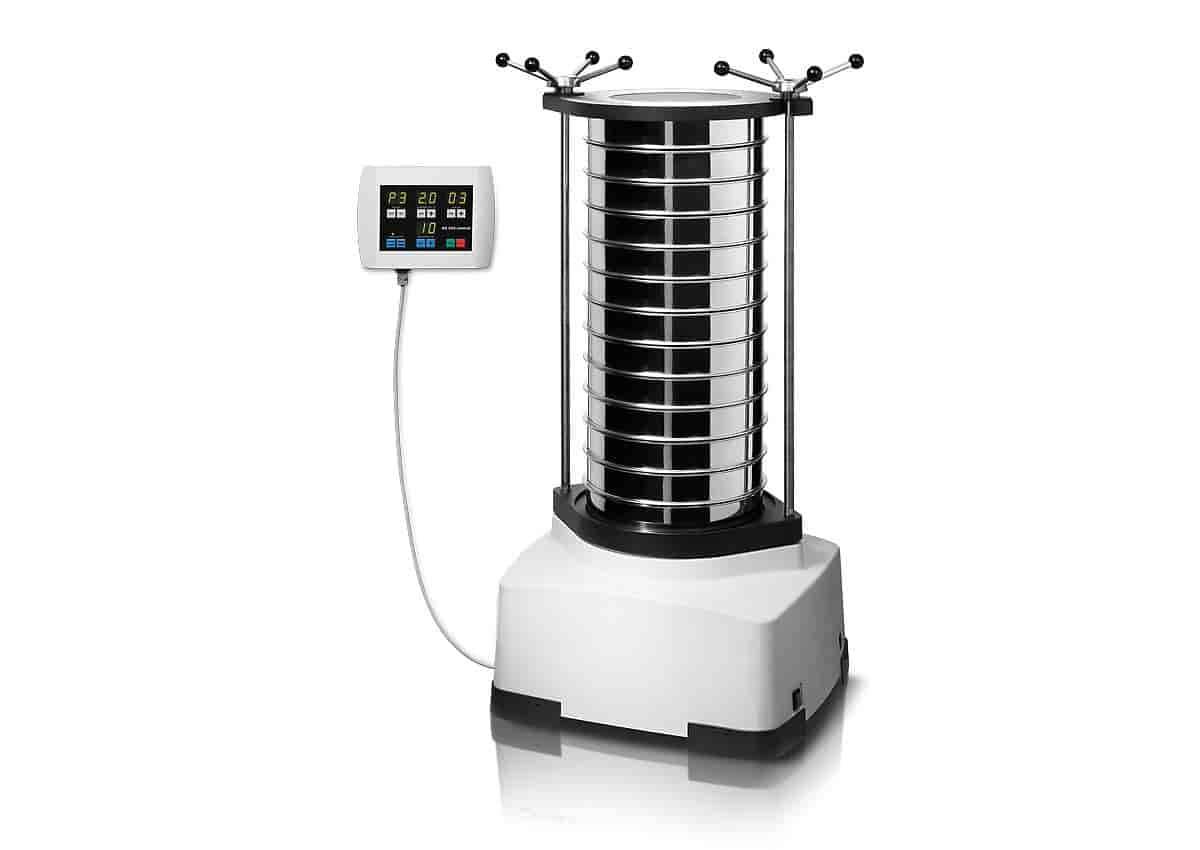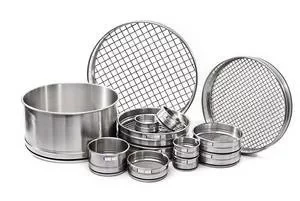Overview of Screening Technology

Sieving is a fundamental technique used for separating and classifying granular materials. This method, which has been practiced for centuries, remains crucial in modern industries, particularly in scientific research and civil engineering. Sieve analysis is employed to ascertain the particle size distribution of various materials, essential for quality control and assurance processes.
Manual sieving is the simplest form of sieving and is typically used in scenarios where high efficiency, accuracy, and repeatability are not critical. However, the reliability of manual sieving results is heavily influenced by the operator, leading to potential inconsistencies. Additionally, manual sieving allows for testing only one sieve at a time, which can be a limitation in certain applications.
Working Principle of Vibrating Screen Machine/Screening Machine
Sieve oscillators are pivotal in the field of particle size analysis, enabling the separation and sizing of particles through automated agitation. The choice of agitation method in sieve shakers is crucial and depends on several factors including the particle size, the smallest size to be separated, whether the sieving is wet or dry, and the specific characteristics of the sample such as resistance to agglomeration and electrostatic factors.
Most mechanical and vibratory sieve shakers, particularly those without cabinet housing, can be adapted for wet sieving. Wet sieving attachments are readily available and designed to facilitate the supply and drainage of wash water from the screen, enhancing the efficiency of the sieving process. Additionally, specialized wet screen shakers equipped with systems for pumping and recycling wash water, along with vacuum systems, are available. These advanced features not only optimize the sieving process but also significantly increase material throughput, making them indispensable tools in particle size analysis.
Advantages of Vibrating Screen Machine in Sieving Technology for Particle Size Analysis
Vibratory sifters are instrumental in enhancing the efficiency of particle size analysis. These machines automate the process of agitating particles, significantly reducing testing time. By consistently and uniformly distributing particles across the sieve surface, vibratory sifters improve the accuracy and repeatability of results. This ensures that the data collected is reliable and consistent, making it invaluable for various applications in research and industry.
Three Main Types of Screening Vibrating Screens

In the realm of particle size analysis, the use of vibrating screens is pivotal. These screens are designed to separate particles based on their size, ensuring that materials are sorted efficiently and effectively. There are three primary types of screening vibrating screens, each with unique applications and benefits:
-
Mechanical Vibrating Screens: These screens utilize mechanical energy to create vibrations that separate particles. They are commonly used in industries where durability and reliability are paramount, such as mining and construction. Mechanical vibrating screens are known for their robust construction and ability to handle large volumes of material.
-
Electromagnetic Vibrating Screens: Powered by electromagnetic forces, these screens offer precise control over the screening process. They are ideal for applications requiring high accuracy and sensitivity, such as in the pharmaceutical and food industries. Electromagnetic vibrating screens can be adjusted to specific frequencies, making them versatile for various particle sizes.
-
Sonic Vibrating Screens: These screens use sonic or ultrasonic vibrations to separate particles. They are particularly effective in applications where gentle handling of particles is required, such as in the separation of delicate materials. Sonic vibrating screens are also beneficial in environments where minimal noise and vibration are desired.
Each type of vibrating screen serves a distinct purpose, and the choice of which to use depends on the specific requirements of the particle size analysis and the materials being processed. Understanding the advantages and applications of each type can help in selecting the most appropriate screening technology for a given scenario.
Mechanical Vibrating Screen
Mechanical sieve vibrating screens are pivotal in the field of particle size analysis, offering an economical solution for material separation. These screens employ various types of motion, including orbital, circular, or rotary, to effectively agitate and rescreen particles. The mechanisms driving these screens can be either motor-driven for automated and high-volume applications or hand-driven for smaller-scale or manual operations.
This technology is particularly effective for separating fine materials ranging from 2 inches (50 mm) down to No. 635 (20 microns), making it versatile for a wide array of industries including pharmaceuticals, agriculture, and construction. The precision and efficiency of mechanical vibrating screens contribute significantly to the quality control and process optimization in these sectors.
Electromagnetic Vibrating Screen
The electromagnetic vibrating screen is a sophisticated tool designed for particle size analysis, utilizing quiet electromagnetic energy to effectively agitate particles. This technology is particularly suitable for materials ranging from 1 inch (25 mm) down to No. 635 (20 microns), making it an ideal choice for both granular and fine materials.
In industries such as pharmaceuticals, where precision in particle size is critical for drug efficacy and dissolution rates, the electromagnetic vibrating screen plays a crucial role. It ensures that the pharmaceutical powders are uniformly sized, which is essential for consistent drug delivery and patient safety.
Similarly, in the cosmetics industry, where texture and consistency are paramount, this screening technology helps in achieving the desired particle size distribution in products like powders and creams. The uniformity in particle size enhances the product's appearance and application properties.
Food products also benefit from this technology, particularly in the processing of dry powders and granular materials. The electromagnetic vibrating screen helps in maintaining product quality and consistency, which is vital for consumer satisfaction and regulatory compliance.
Overall, the electromagnetic vibrating screen stands out for its ability to handle a wide range of particle sizes with precision and minimal noise, making it a valuable asset in various high-stakes industries.
Sonic Vibrating Screen
Sonic Sieve Vibrating Screens are advanced systems that utilize sonic energy for precise particle size analysis. These screens consume 3,600 pulses of sonic energy per minute from an audio generator, which creates an oscillating column of air surrounded by the screen group. This continuous agitation excites the particles, continually redirecting them to the grid surface. The Sonic Sieve Oscillators are particularly effective for the precise separation of small volume and particle size samples, capable of handling particles as fine as 3μm. This technology is essential in applications requiring high accuracy and sensitivity in particle size distribution analysis.
How to Choose a Screening Shaker

Choosing the right sieving shaker is crucial for accurate particle size analysis and efficient test times. Different particles react variably to various mechanical actions, making the selection process critical. Key factors to consider when selecting a sieving shaker include cohesion, static attraction, the required sample volume, noise levels during operation, and potential degradation of the samples.
Understanding these factors can guide users in choosing the most suitable sieving shaker for their specific needs. For instance, high cohesion or static attraction might necessitate a shaker with more vigorous mechanical action to ensure thorough separation. Similarly, if the sample volume is large, a shaker with a higher capacity would be beneficial. Noise levels and potential sample degradation are also important considerations, especially in sensitive environments or with delicate materials.
By carefully evaluating these aspects, users can enhance the precision and efficiency of their particle size analysis, ensuring that the chosen sieving shaker aligns perfectly with their operational requirements.
Related Products
- Laboratory Test Sieves and Vibratory Sieve Shaker Machine
- Laboratory Wet Three-Dimensional Vibratory Sieve Shaker Machine
- Three-dimensional electromagnetic sieving instrument
- Vibratory Sieve Shaker Machine Dry Three-Dimensional Vibrating Sieve
- Laboratory Vibratory Sieve Shaker Machine for Dry and Wet Three-Dimensional Sieving
Related Articles
- Revolutionizing Lab Efficiency: The Ultimate Guide to Laboratory Sieving Machines
- The Ultimate Guide to the Application and Benefits of Vibratory Sieve Shaker in Laboratory Testing
- Innovative screening technology: Laboratory three-dimensional vibrating screen leads the new industry standard
- The Three Stages of Lab Crushing: A Comprehensive Guide
- FTIR Pellet Press The Game-Changer in Spectroscopy Analysis











